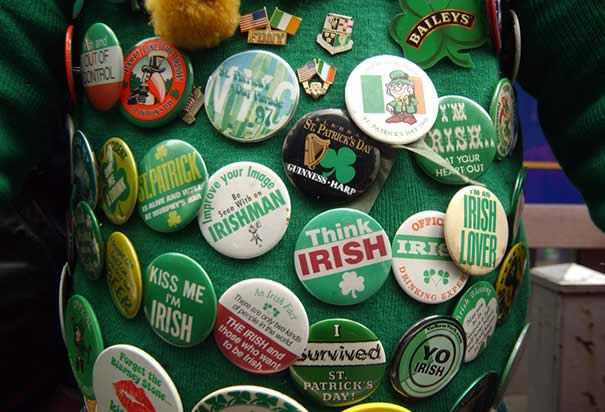
Martin Luther King Jr. Day
Martin Luther King, Jr. Day is a United States federal holiday marking the birthday of Rev. Dr. Martin Luther King, Jr. It is observed on the third Monday of January each year, which is around the time of King's birthday, January 15. The floating holiday is similar to holidays set under the Uniform Monday Holiday Act, though the act predated the establishment of Martin Luther King, Jr. Day by 15 years.
King was the chief spokesman for nonviolent activism in the civil rights movement, which successfully protested racial discrimination in federal and state law. The campaign for a federal holiday in King's honor began soon after his assassination in 1968. Ronald Reagan signed the holiday into law in 1983, and it was first observed on January 20, 1986. At first, some states resisted observing the holiday as such, giving it alternative names or combining it with other holidays. It was officially observed in all 50 states for the first time in 2000. 
THIS A SUCCESSFULL HONOR








